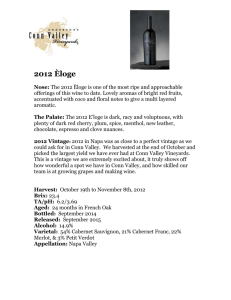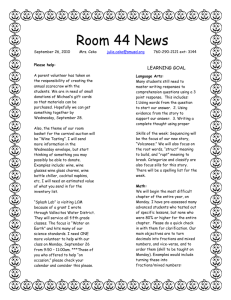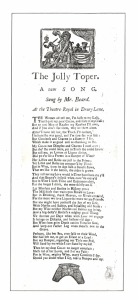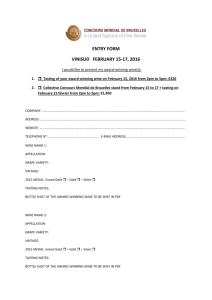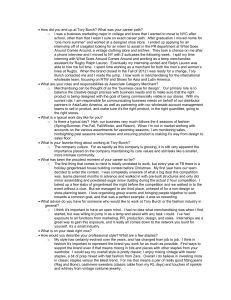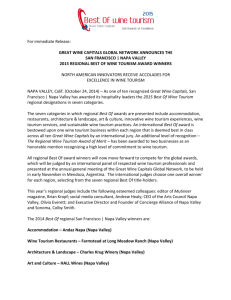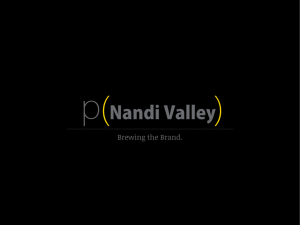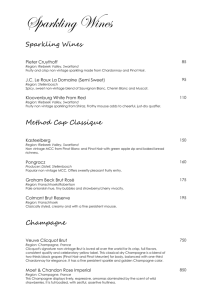The Financial Times
advertisement
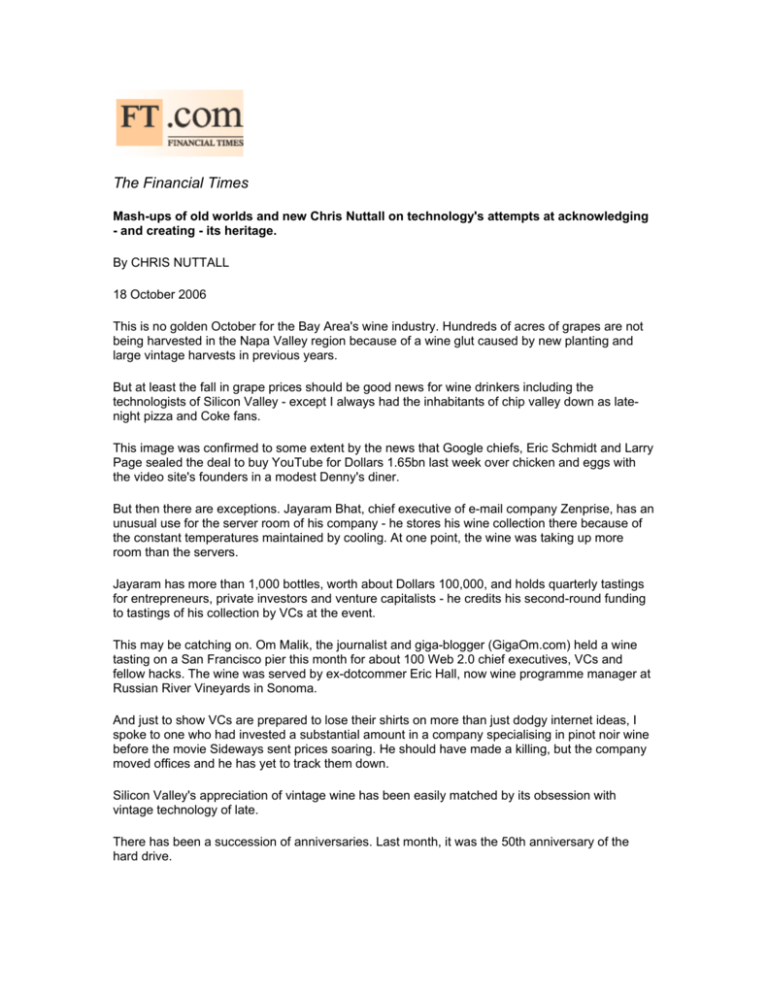
The Financial Times Mash-ups of old worlds and new Chris Nuttall on technology's attempts at acknowledging - and creating - its heritage. By CHRIS NUTTALL 18 October 2006 This is no golden October for the Bay Area's wine industry. Hundreds of acres of grapes are not being harvested in the Napa Valley region because of a wine glut caused by new planting and large vintage harvests in previous years. But at least the fall in grape prices should be good news for wine drinkers including the technologists of Silicon Valley - except I always had the inhabitants of chip valley down as latenight pizza and Coke fans. This image was confirmed to some extent by the news that Google chiefs, Eric Schmidt and Larry Page sealed the deal to buy YouTube for Dollars 1.65bn last week over chicken and eggs with the video site's founders in a modest Denny's diner. But then there are exceptions. Jayaram Bhat, chief executive of e-mail company Zenprise, has an unusual use for the server room of his company - he stores his wine collection there because of the constant temperatures maintained by cooling. At one point, the wine was taking up more room than the servers. Jayaram has more than 1,000 bottles, worth about Dollars 100,000, and holds quarterly tastings for entrepreneurs, private investors and venture capitalists - he credits his second-round funding to tastings of his collection by VCs at the event. This may be catching on. Om Malik, the journalist and giga-blogger (GigaOm.com) held a wine tasting on a San Francisco pier this month for about 100 Web 2.0 chief executives, VCs and fellow hacks. The wine was served by ex-dotcommer Eric Hall, now wine programme manager at Russian River Vineyards in Sonoma. And just to show VCs are prepared to lose their shirts on more than just dodgy internet ideas, I spoke to one who had invested a substantial amount in a company specialising in pinot noir wine before the movie Sideways sent prices soaring. He should have made a killing, but the company moved offices and he has yet to track them down. Silicon Valley's appreciation of vintage wine has been easily matched by its obsession with vintage technology of late. There has been a succession of anniversaries. Last month, it was the 50th anniversary of the hard drive. IBM's Ramac, back in 1956, was extremely heavy, consisted of 50 spinning discs and held only 5MB of data - about the same storage space as "Bohemian Rhapsody" would take up on an MP3 player. So if it can be returned to working order at the Computer History Museum in Mountain View, we may finally get a tune out of it. Last month also saw the 25th anniversary of the Transmission Control Protocol/Internet Protocol internet standards. Vint Cerf and Robert Kahn get the credit for the core protocols, which they developed at Stanford University. Then there is the 25th anniversary of commercial e-mail next week. Eric Allman developed sendmail - the first internet mail program - while at Berkeley in 1981. The program still delivers more than 70 per cent of the world's e-mail. I had not thought of the Valley as a place of historical importance, my gaze being focused on the relentless forward march of its technology and its views on the future. But a phrase uttered by Bill Lockyer, California's attorney general, this month as he indicted Hewlett-Packard employees in the "pretexting" scandal brought it home: "One of our state's most venerable institutions lost its way, as its board sought to find out who leaked confidential company information to the press." Venerable institution? Was he talking about a bank? No, HP was founded before the second world war by Bill Hewlett and Dave Packard in a garage at 367 Addison Avenue in Palo Alto. The garage bears a plaque and was restored by HP last year to its original condition. The grand old lady of the Valley may now be tainted with scandal but there are younger rivals out there trying to build a heritage. Google has just bought the two-car garage - and attached home in Menlo Park in which it opened its first office eight years ago. It plans to use the home to house guests rather than as a Google museum, but a plaque must surely follow. The danger of a company acknowledging history, however, is that it leads to self-importance and folly. Yahoo took it upon itself last week to create "the world's largest time capsule in history" with electronic contributions from users: photos, videos, art, poems and personal stories. Some of these artefacts were to be projected on to the Pyramid of the Sun in Teotihuacan, Mexico, during a live webcast, climaxing with a laser beam shooting images of the time capsule's contents into the sky from atop the pyramid to share life on Earth with whatever may exist out there. Luckily, Mexico's National Institute of Anthropology and History has shown it is a guardian of good taste as well as the country's heritage by banning the ceremony. Instead, Yahoo will seal the capsule at its Sunnyvale HQ and plans to open it on its 25th anniversary in 2020. Hopefully by then it will have come to its senses on what constitutes history.
